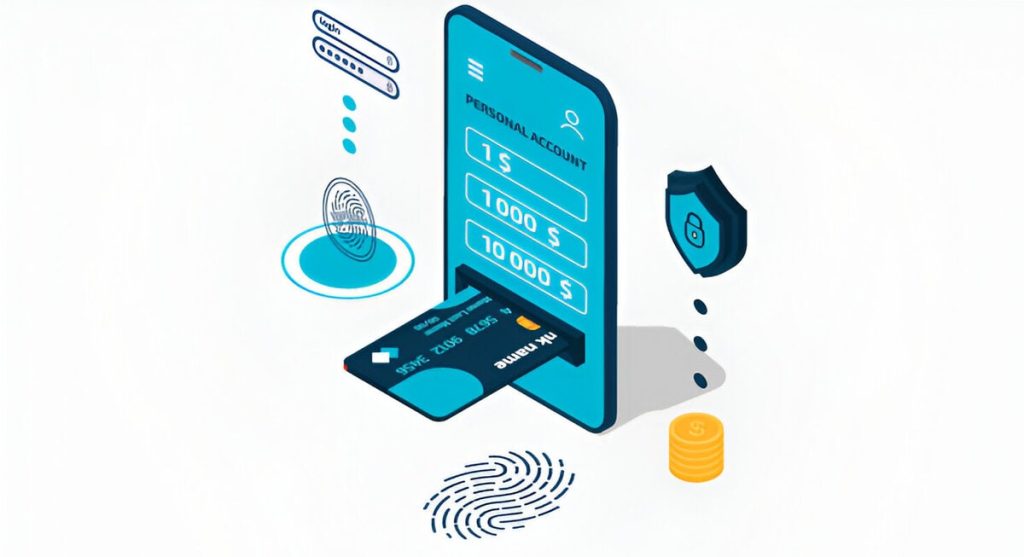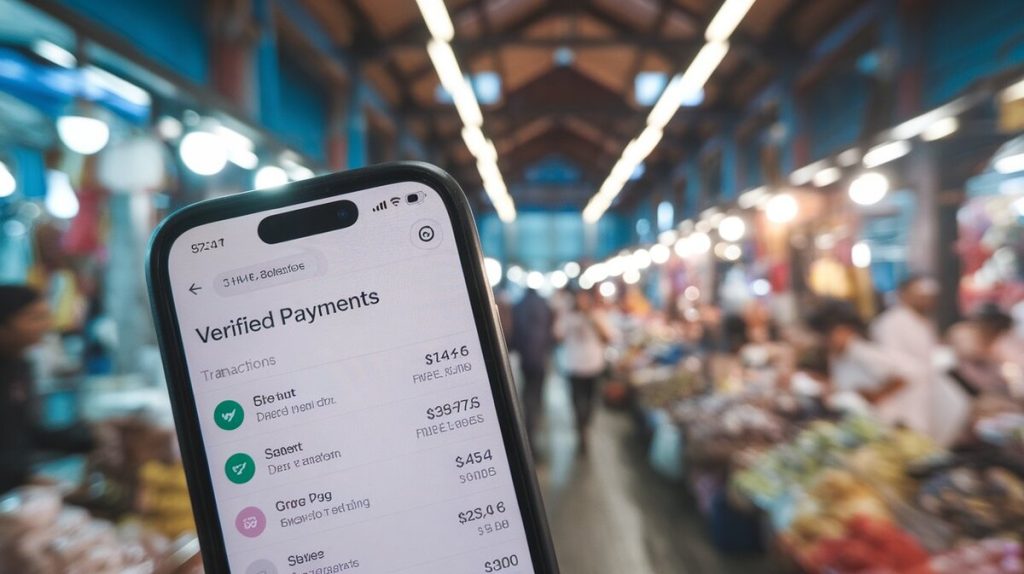Chargebacks are a major problem for businesses, particularly in e-commerce. They lead to revenue loss, increased fees, and damage to reputations. This article outlines the role of verified payments in chargeback prevention and provides actionable strategies to reduce chargebacks.
What Are Chargebacks?
Chargebacks occur when a customer disputes a transaction, requesting a refund directly from their card issuer. While chargebacks were originally created to protect consumers from unauthorized transactions, they now encompass issues like dissatisfaction with a product or service and delayed deliveries.
The financial impact of chargebacks is significant. According to LexisNexis, businesses lose $3.75 for every $1 of chargeback-related fraud. This includes refunded amounts, chargeback fees, lost goods, and the time spent managing disputes. High chargeback rates can lead to increased transaction fees and even suspension from major payment processors like VISA and MasterCard.
Key Causes of Chargebacks
Chargebacks typically result from three main causes:
- Fraud: Unauthorized use of card information.
- Merchant errors: Billing mistakes or poor communication regarding refunds.
- Friendly fraud: When customers falsely claim they didn’t receive a product or dispute a legitimate transaction.
A MasterCard report shows that 80% of chargebacks are caused by friendly fraud. Identifying the cause is essential to reducing chargebacks.

How Verified Payments Help Prevent Chargebacks
Verified payments are tools that add security to transactions, minimizing fraud and disputes. Key verification methods include:
- CVV (Card Verification Value): Confirms the customer physically holds the card by requiring the security code.
- AVS (Address Verification Service): Verifies the billing address matches the cardholder’s information on file.
- 3D Secure: Adds a layer of verification by requiring cardholders to confirm their identity with the issuer.
Implementing verified payments significantly reduces fraud-related chargebacks. For example, businesses using 3D Secure 2.0 have seen a 57% reduction in chargeback rates.
Best Practices for Chargeback Prevention
- Enhance Transaction Security
- Implement multi-factor authentication for high-value transactions.
- Use real-time fraud detection tools to flag suspicious activities. Fraud detection tools can reduce risks by up to 70%.
- Use Clear Billing Descriptors
- Many chargebacks result from customers not recognizing charges on their statements. Clear billing names, reflecting your brand, can prevent 20% of chargebacks.
- Maintain Transparent Return Policies
- Communicate refund and return policies clearly to customers. Streamlined refund processes can reduce disputes by 40%.
- Improve Customer Communication
- Respond quickly to customer inquiries. Research shows 32% of disputes could be avoided if merchants provide accessible and responsive customer service.
Data Table: Chargeback Impact and Prevention
| Metric | Impact |
|---|---|
| Chargeback costs per $1 of fraud | $3.75 |
| Reduction in fraud with 3D Secure | 57% |
| Reduction in chargebacks with clear policies | 40% |
| Percentage of friendly fraud chargebacks | 80% |
Partnering with Verified Payment Solutions
Verified payment solutions are critical to reducing chargebacks. Merchanto.org, an official VISA and MasterCard partner, offers verified payment services including 3D Secure and PCI DSS compliance. Merchanto’s tools help businesses secure transactions and prevent chargebacks. Learn more about their services here.
By working with trusted partners like Merchanto, businesses gain access to the technology and tools necessary to prevent fraud and manage chargebacks.

Advanced Chargeback Prevention Strategies
- AI-Driven Fraud Detection
- AI systems monitor transaction patterns in real time, reducing fraudulent chargebacks by 60%.
- Real-Time Transaction Monitoring
- Monitoring transactions as they happen allows businesses to detect fraud early, reducing chargebacks by 20-25%.
- Subscription Management
- For subscription-based businesses, sending reminders before renewals and managing cancellations effectively can lower chargeback risks by 15-20%.
Data Table: Advanced Prevention Techniques
| Technique | Reduction in Chargebacks |
|---|---|
| AI-Powered Fraud Detection | 60% |
| Real-Time Transaction Monitoring | 20-25% |
| Subscription Management Tools | 15-20% |
Chargeback Management Systems
In addition to prevention, businesses need to effectively manage disputes when they occur. VISA recommends using automated tools to streamline the process. Payment processors like Stripe and Checkout.com offer solutions with:
- Real-time alerts: Immediate notifications when a dispute is initiated.
- Detailed analytics: Chargeback reports to identify patterns and trends.
- Automated responses: Tools to submit documentation directly to card issuers, speeding up the resolution process.
Proper management reduces operational costs and minimizes the impact of chargebacks on the business.
Conclusion: Reducing Chargebacks with Verified Payments
Chargeback prevention is essential to protecting revenue and maintaining smooth business operations. Verified payment methods such as 3D Secure, AVS, and CVV play a crucial role in minimizing fraud and disputes. Implementing clear billing descriptors, transparent refund policies, and improving customer communication are proven strategies to further reduce chargeback risks.
Data Table: Chargeback Prevention Success Rates
| Prevention Strategy | Success Rate |
|---|---|
| Verified Payments (3D Secure) | 57% reduction in fraud |
| Clear Billing Descriptors | 20% reduction in disputes |
| Transparent Refund Policies | 40% reduction in chargebacks |
By following these practices, businesses can reduce chargeback risks, improve profitability, and enhance customer satisfaction.



